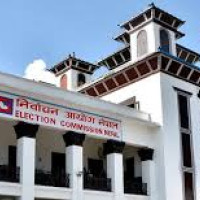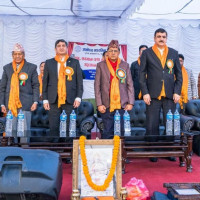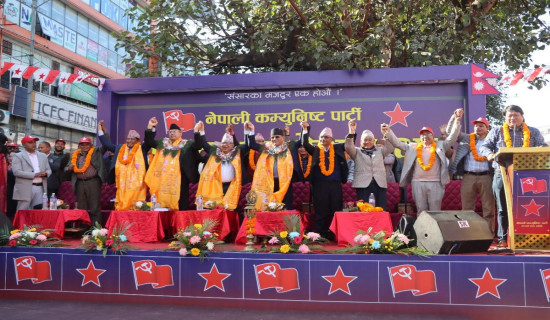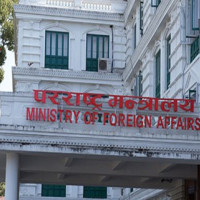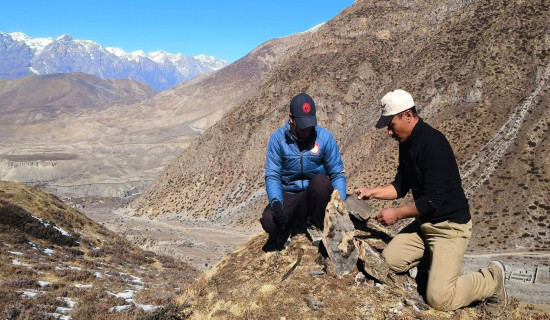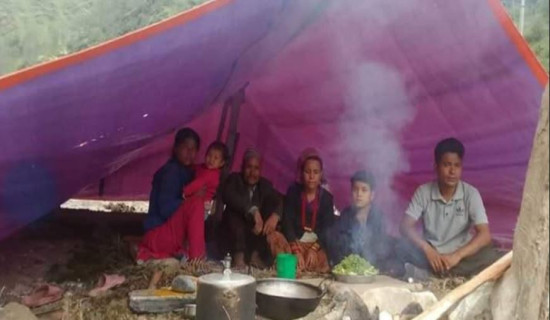- Monday, 1 December 2025
Post-monsoon dengue outbreak risk high: Experts
By Raman Paudel,Kathmandu, Oct. 13: Experts have warned that the risk of post-monsoon dengue outbreaks remains high, despite the relatively few recorded deaths and infections.
Although only a few deaths and infection cases were reported, the risk of a post-monsoon dengue outbreak remains high, said Dr. Sher Bahadur Pun, coordinator of the Research Unit at Sukraraj Tropical and Infectious Disease Hospital, Teku.
Dr. Pun warned that the post-monsoon dengue outbreak is likely to affect several areas in clusters, rather than spreading across all districts.
“The number of deaths recorded was fewer than the general analysis, and 5,874 infection cases were reported. It doesn’t appear to have developed into a nationwide epidemic. It seems most people are not aware of the possible risk of dengue outbreaks,” Dr. Pun said.
He also warned that the outbreak could be similar to previous dengue epidemics, such as those in Dharan in 2019 and Syangja in 2022.
“Many people assume that there is no longer a risk of dengue since the monsoon has ended. However, in my reading, post-monsoon outbreaks could be more dangerous than expected,” Dr. Pun said.
Speaking to The Rising Nepal, Dr. Pun added that post-monsoon outbreaks typically occur in specific clusters, rather than as a nationwide epidemic, which poses a significant threat in the current situation. Last week, the Ministry of Health and Population urged all stakeholders and the public to remain alert about waterborne diseases, including dengue, as various parts of the country had experienced floods and landslides due to heavy rainfall.
However, the Ministry stated that the situation is largely under control and that a major outbreak has been averted.
Dr. Prakash Budhathoki, spokesperson for the Ministry, argued expert warnings, claiming that the risk of dengue has passed as winter approaches.
“Raising public awareness is important and beneficial. However, we can confirm that the risk of dengue has largely passed for this year. We generally assume the risk remains until October, and that period is about to pass,” Dr. Budhathoki said.
Dr. Pun, however, maintained that the risk of dengue would be active until the end of December, particularly in specific localities or cluster areas.
According to the latest data released by the government, at least four people have died due to dengue this monsoon.
Epidemiology and Disease Control Division (EDCD) confirmed that 5,874 people have been infected across 75 districts, while two districts, Manang and Dolpa, have reported no cases.
Dr. Gokarna Dahal, chief of the Insect-Borne Disease Branch, confirmed that the highest number of cases — 1,502 — was recorded in Gandaki Province. Bagmati Province recorded 1,380 cases, Koshi had 803, Lumbini had 991, Sudurpaschim had 684, Karnali had 390, and Madhesh Province recorded 124 cases.
According to Dr. Dahal, no cases have been reported in Manang and Dolpa districts.
Experts pointed out that dengue is transmitted through the bite of Aedes mosquitoes, which can breed in any container with clean water.
High fever, loss of appetite, diarrhea, and body pain are major symptoms of dengue.




